Quantum Chemistry and Computing for the Curious: Illustrated with Python and Qiskit® code
£23.70
Acquire knowledge of quantum chemistry concepts, the postulates of quantum mechanics, and the foundations of quantum computing, and execute illustrations made with Python code, Qiskit, and open-source quantum chemistry packages
Key Features
- Be at the forefront of a quest for increased accuracy in chemistry applications and computing
- Get familiar with some open source quantum chemistry packages to run your own experiments
- Develop awareness of computational chemistry problems by using postulates of quantum mechanics
Book Description
Explore quantum chemical concepts and the postulates of quantum mechanics in a modern fashion, with the intent to see how chemistry and computing intertwine. Along the way you’ll relate these concepts to quantum information theory and computation. We build a framework of computational tools that lead you through traditional computational methods and straight to the forefront of exciting opportunities. These opportunities will rely on achieving next-generation accuracy by going further than the standard approximations such as beyond Born-Oppenheimer calculations.
Discover how leveraging quantum chemistry and computing is a key enabler for overcoming major challenges in the broader chemical industry. The skills that you will learn can be utilized to solve new-age business needs that specifically hinge on quantum chemistry
What you will learn
- Understand mathematical properties of the building blocks of matter
- Run through the principles of quantum mechanics with illustrations
- Design quantum gate circuit computations
- Program in open-source chemistry software packages such as Qiskit®
- Execute state-of-the-art-chemistry calculations and simulations
- Run companion Jupyter notebooks on the cloud with just a web browser
- Explain standard approximations in chemical simulations
Who this book is for
Professionals interested in chemistry and computer science at the early stages of learning, or interested in a career of quantum computational chemistry and quantum computing, including advanced high school and college students. Helpful to have high school level chemistry, mathematics (algebra), and programming. An introductory level of understanding Python is sufficient to read the code presented to illustrate quantum chemistry and computing
Table of Contents
- Introduction
- Postulates of quantum mechanics
- Quantum circuit model of computation
- Molecular Hamiltonians
- Variational Quantum Eigensolver (VQE) algorithm
- Beyond Born-Oppenheimer
- Conclusion
- References
- Glossary
Read more
Additional information
| Publisher | 1st edition (20 May 2022), Packt Publishing |
|---|---|
| Language | English |
| File size | 27200 KB |
| Text-to-Speech | Enabled |
| Screen Reader | Supported |
| Enhanced typesetting | Enabled |
| X-Ray | Not Enabled |
| Word Wise | Not Enabled |
| Sticky notes | On Kindle Scribe |
| Print length | 354 pages |

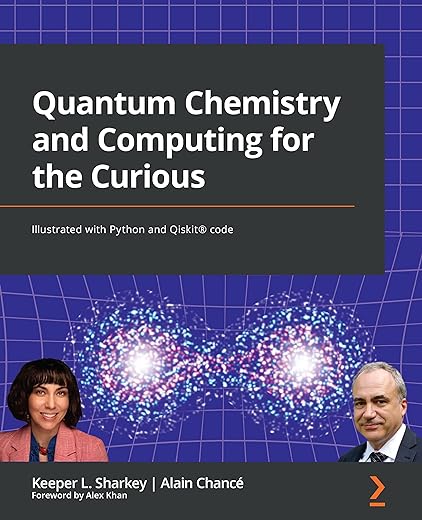
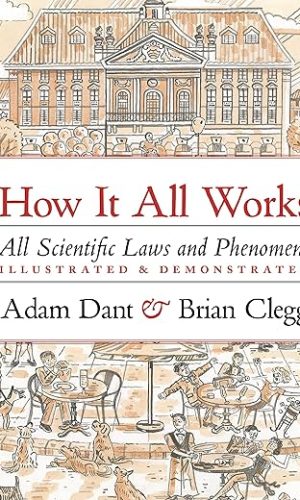
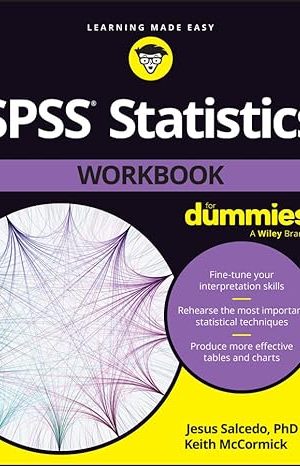
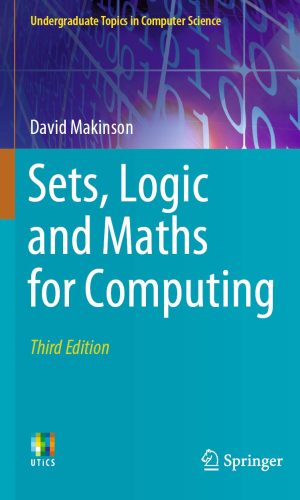
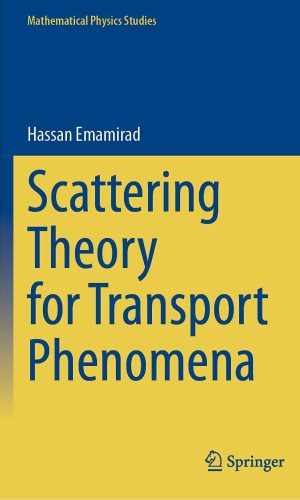
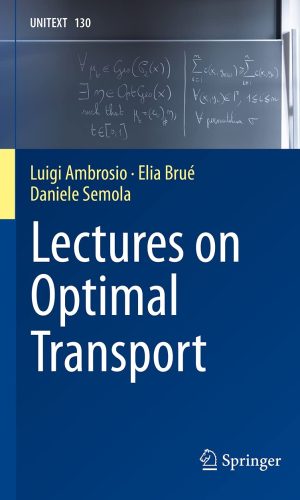
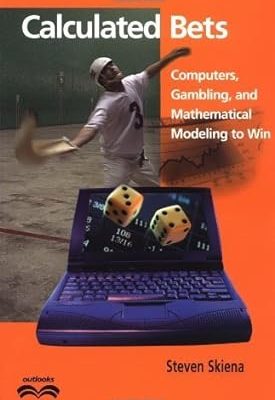
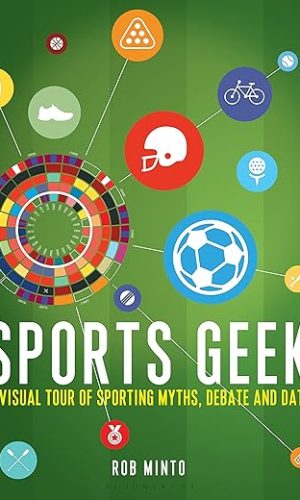

by Tony Holdroyd
This book begins with a comprehensive and detailed exposition of quantum physics before moving on to a similarly authorative account of the postulates of quantum mechanics.
Following this is a study of the qubit, gate and circuit and gate system of quantum programming with many and varied applications of the same. This is followed by another very detailed exposition of quantum computing applied to aspects of chemistry including molecular hamiltonians, the VQE algorithm (Variational Quantum Eigensolver) as applied to chemical calculations and a last involved secion taking readers beyond born-Oppenheimer v molecular calculations.
To make the most of this book one needs to have a comprehensive knowledge of mathematical notations and usage, most likely acquired during graduate studies and a similar high knowledge of theoretical chemistry.
For readers with the necessary background and some considerable stamina this book will prove to be a thorough rewarding and journey into the applications of quantum programming to mathematical chemistry